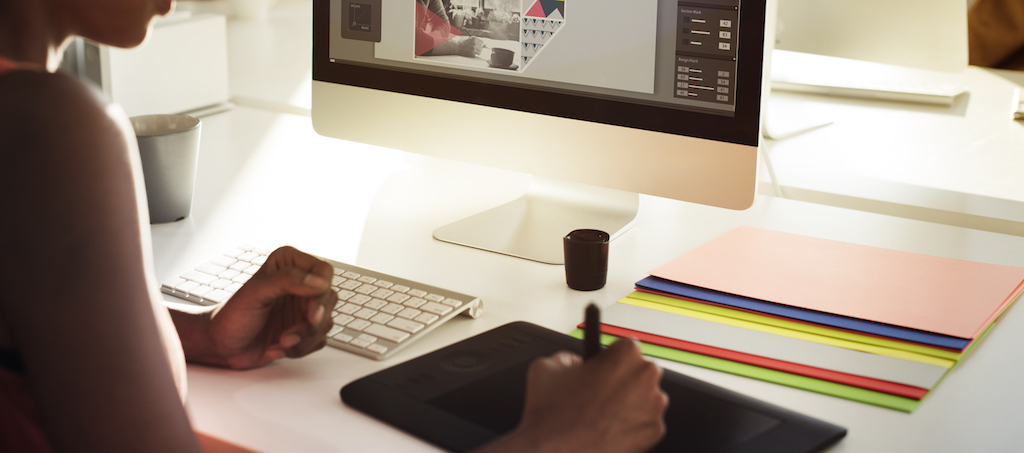37 - 37Shares
We all strive to capture the perfect moment on camera: our child grinning in dad’s arms, the silent beauty of a snowy day in the woods, the perfect pet photograph of the family dog playing in the park.
But no matter how hard we try, sometimes our images don’t come out the way we want them to. Maybe the lighting wasn’t quite right, or the composition was a bit off.
That’s where photo editing comes in. While you can do almost anything to a photo with today’s editing software—from making your photos look like original paintings to developing charcoal sketches—the best photo edits are the ones that go unnoticed. Because to us, the whole point of editing your photos is that you don’t want anyone to know that you’ve edited them.
How To Edit Photos Like A Pro
Looking to upgrade your family photos to make them ready for display? Before sharing your snaps on your digital photo frame, why not develop your photography skills and learn how to edit photos like a pro? Here are a few tips on effective photo editing for beginners to help you make the most out of your memories. Find out how to enhance photo quality, how to crop photos, and more photo editing tips.
How to crop photos to improve your composition
If you’re familiar with the Rule of Thirds, you’ll know that placing your primary focal point off to one side, rather than in the center of the frame, results in much better and more interesting photos.
For a quick refresher, the Rule of Thirds involves dividing your canvas into 9 segments by drawing three horizontal and three vertical lines equally distant from each other. You’ll end up with four intersection points, and it’s at those points where you’ll want to place your focus.
However, this photo editing tip isn’t always effective as your subject may be moving or you may not have the chance to line up the shot properly.
In these instances, cropping can be your lifesaver. When you crop an image, you can remove part of the photo in order to realign your primary subject in a more desirable spot.
You can even use cropping to get two photos out of one. For example, if you’ve taken a landscape photo featuring a cliff, a mountain, or a tree, you may have a large section of that image that can be considered as relatively insignificant background.
With cropping, you can take that background and make it the central focus of a completely new shot. Beautiful features that might have been overshadowed in the original image can now be highlighted in just a few clicks.
Top Tip: Remember to preserve standard photo sizes when cropping to avoid distorting the image.
How to enhance photo quality by adjusting the brightness and contrast
Are you after a photo editing tip to help you brighten up your shot? Adjusting the brightness and/or contrast of a photo can take an unremarkable snapshot and turn it into an incredible photograph worth displaying.
This is especially useful for fixing underexposed photos, where the subject or other aspects of a shot appear too dark. Upping the contrast will increase the difference between the light and dark elements in a photo, allowing you to see the smaller details and variations in color more clearly.
Brightness adjustments are fairly simple, allowing you to make an image brighter or darker. Be careful when working with this tool, as overdoing it can give your photo an artificial appearance.
If you don’t want to get too technical, most photo editing packages have an “auto color” tool that will automatically adjust the color of your photo to make it look more natural.
How to edit photos to adjust the colors
You can change a color image to black and white by completely desaturating the colors. This can be a powerful way to accentuate the textures in a photo, as they stand out more when there’s no color to distract your eye.
Saturating, on the other hand, accentuates colors. This photo editing tip can be a little tricky, as over-saturating will make an image look obviously edited—and that’s the opposite of what you want. For example, over-saturating an image of the ocean on a cloudy day could result in shades of green and blue—hues that weren’t even visible before—coming to the forefront.
That can certainly make for an interesting photo, but hardly a natural one.
Photo editing is a skill that takes time to develop, just like photography. However, with the help of these simple photo editing tips for beginners, you can learn to make your photos look the way you have always imagined them. For more photography tips, check out our post “The 9 Greatest Websites for Learning Digital Photography.”

Bea is Nixplay’s Social Media Manager. She enjoys drinking coffee, reading about wars, and writing stories. Send her a message at beatrice.bisais@nixplay.com.
- 37Shares
37

